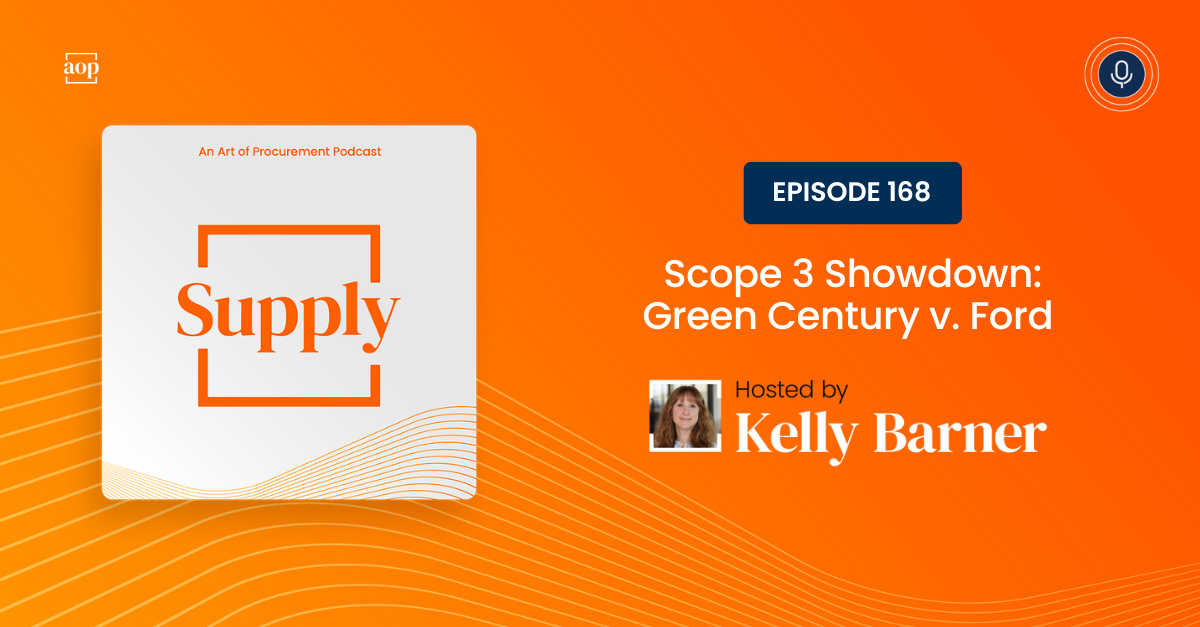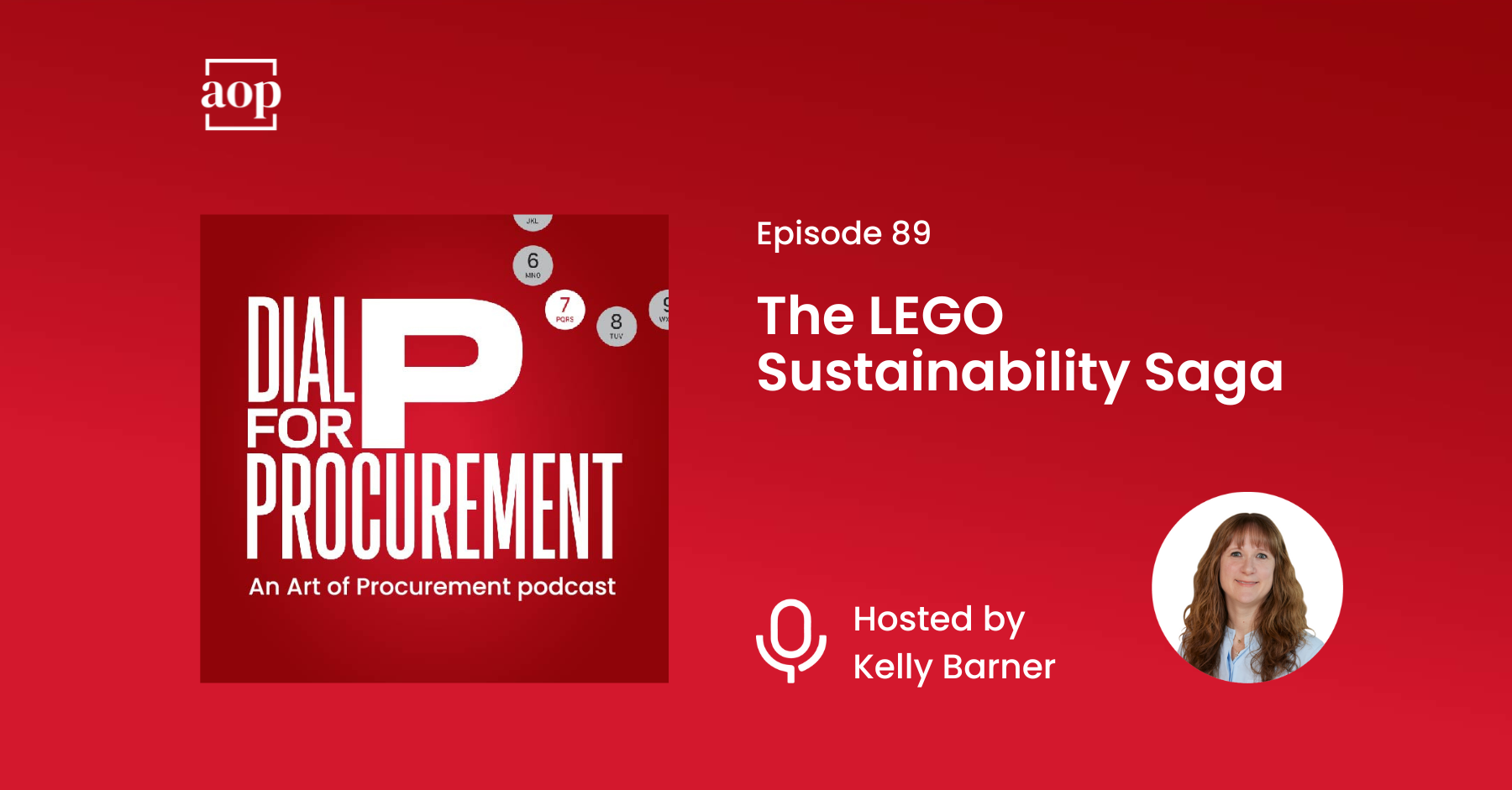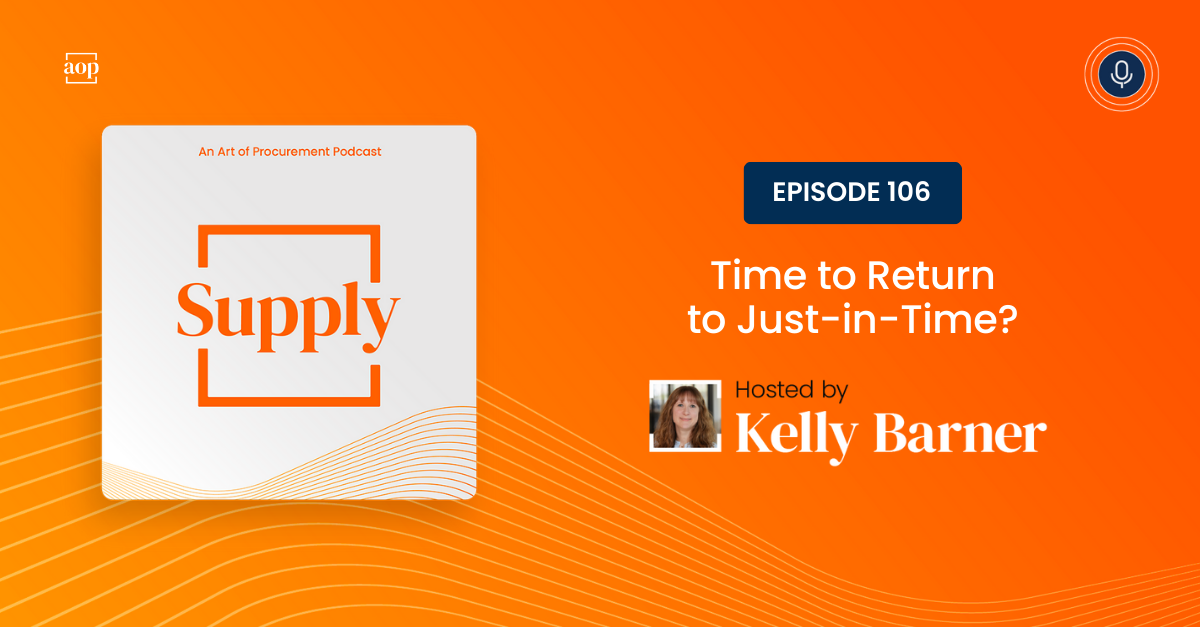
I recently read an interesting Supply Chain Dive article titled, Ford asks investors to vote down supply chain emissions proposal.
The short version of the story is that one of Ford’s institutional investors - Green Century Capital Management - is putting a proposal forward at the company’s annual meeting on May 8th to require additional reporting on their efforts to reduce Scope 3 emissions.
Green Century doesn’t believe Ford is pursuing their supply chain emissions reduction efforts as strongly as they are their internal climate change initiatives. They claim that Ford is falling behind competitors like Volvo and Mercedes Benz, both of which serve as proof that it can be done.
Ford’s Board of Directors has asked shareholders to vote against the proposal, writing, “The Board of Directors does not believe that preparing the requested reporting on the Company’s supply chain GHG emissions reduction strategy beyond what the Company already reports is an efficient use of Company resources in light of the Company’s existing public disclosure regarding actions the Company has taken and intends to continue taking with respect to supply chain GHG emissions reductions. Accordingly, the Board recommends that you vote “against” this proposal.”
But Green Century isn’t new at this, they aren’t giving up, and Ford isn’t alone.
Defining Project Scope
If you’re not focused on emissions and sustainability, here is a quick rundown on what is involved with Scope 1, 2, and 3.
- Scope 1 emissions are from a company’s own operation: their trucks, their machines, etc.
- Scope 2 covers the emissions associated with purchased sources of energy. For instance does your electricity come from coal or the sun and wind?
- Scope 3 is from the supply chain. For many companies, this is the vast majority of their emissions, especially if they make something that has to be transported to market.
For Ford, Scope 3 includes the transportation of materials, components, and finished vehicles, but also how their suppliers produce those materials. Green Century Capital Management is particularly focused on Ford’s steel consumption, and how much of it is low-carbon. They don’t feel the company has been specific and transparent enough, but that shouldn’t suggest that Ford isn’t doing anything to manage Scope 3 emissions.
Best Laid Plans…
Ford announced their carbon neutral by 2050 plan in June of 2020. They joined the First Movers’ Coalition which means committing that at least 10 percent of their annual steel and aluminum purchases will be near-zero emissions.
Their supplier code of conduct requires all suppliers to report on all scope emissions (i.e. Scope 1 through 3). They have launched an effort with GM, Honda, and Toyota to make it easier for suppliers to report their Scope 3 emissions once, and in one place, and make it available to all of the automotive manufacturers.
And yet… watchdog groups want more. Part of the trouble is that it is good for business to talk about sustainability, and accountability is hard to ensure. This creates an incentive for companies to crow loud about targets and vision, but does little to make the path any less steep.
Many of the groups monitoring the journey to net-zero are looking at 2030 as a line in the sand to determine who is trying and who is not. Greenwashing is simply too easy, and making meaningful progress is turning out to be harder than anyone expected.
For instance, as written on the energy transition site Latitude Media, “Steel and aluminum producers and their major customers are locked in a chicken or the egg problem: customers, like automakers, are hesitant to set ambitious targets for purchasing lower-carbon steel and aluminum because they are skeptical of future availability. Meanwhile, producers are wary of investing in technologies that dramatically reduce embodied carbon emissions because they are skeptical of demand for green materials from major buyers like automakers.”
Groups such as the Lead the Charge network are taking action. They are developing a framework to separate greenwashers from companies making meaningful change. They are advocating for:
- Agreements to buy green materials to be binding, including specific dates and timeframes
- Investment in companies that produce green materials
- For binding, green contracts to be used globally - or at least everywhere a company produces
- Sheer ambition. They encourage companies to reject incremental progress on the basis that it ultimately slows progress.
Another watchdog group, Cultural Survival, “an Indigenous-led NGO and U.S. registered non-profit that advocates for Indigenous Peoples' rights” also has concerns about Ford’s progress. They believe that the company’s progress stalled out in 2022 and hasn’t picked back up.
But this is a hard thing to do, and Ford knows that all too well based on their own sales.
Ford’s own consumer EV segment has struggled. It lost $1.4 Billion in the fourth quarter of 2024 and $5.1 Billion for the whole year. Even though they sold approximately 105,000 EVs, and generated $3.9 Billion in revenue, their losses exceeded their sales.
We will have to wait and see what happens at Ford’s annual shareholder meeting on May 8th. Will the shareholders accept the Green Century Capital Management proposal and require additional reporting or will they take the Board’s advice and be satisfied with the reporting they are already doing? I have a sneaking suspicion that the Ford Board of Directors is going to get their wish, and the proposed rule will be voted down… but that Green Century will not let that be the end of the conversation.
Links:




